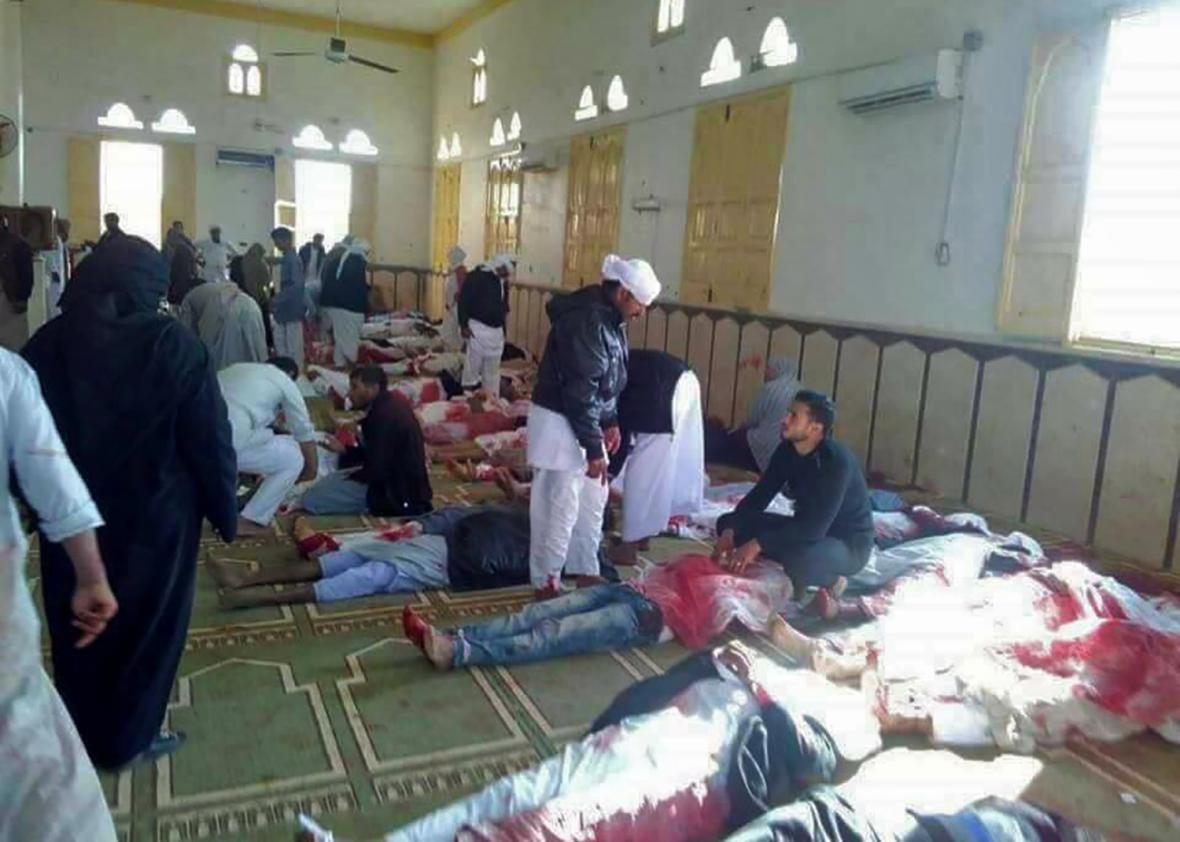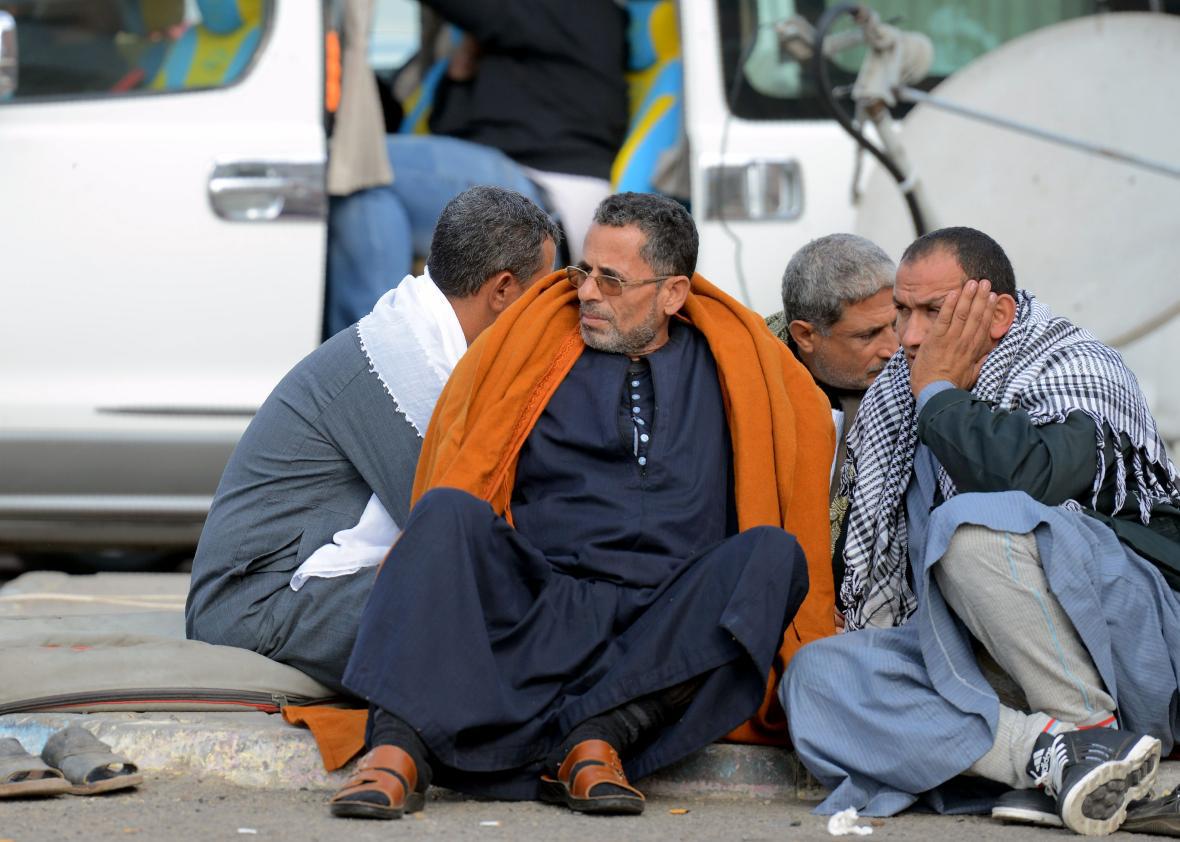The bomb and gun attack on a Sufi mosque in Egypt’s northern Sinai region killed at least 305 people, including 27 children, authorities said, in what amounted to a dramatic increase in the death toll of the Friday attack. At least 128 people were wounded in the massacre that was described as the deadliest terrorist attack in Egypt’s modern history. Although no one has claimed responsibility for the attack on the Rawdah mosque in Bir al-Abed, it bore several hallmarks of ISIS attacks. Plus, it took place in an area where Egypt has been battling ISIS insurgents for the past three years.
The horrifically ruthless attack began with a bomb (perhaps from a suicide bomber) inside the crowded mosque, before 25 to 30 gunmen arrived in four off-road vehicles and began firing outside the main door and windows. They also set fire to cars parked outside, making it more difficult to escape, and then attacked the ambulances that began arriving at the scene. Some of the attackers were masked and witnesses claim to have seen at least one Islamic State flag, according to Egypt’s public prosecutor’s office.

STRINGER/AFP/Getty Images
Hours after the attack, Egypt launched airstrikes on what officials described as “terrorist outposts” and vehicles allegedly used in the attack. “The Egyptian Air Force pursued the terrorist elements, discovered and destroyed a number of vehicles that carried out the brutal terrorist killings, and killed all terrorists inside those vehicles,” a military spokesman said on Saturday.
The attack wasn’t just notable for its ruthlessness but also because it was an attack against Muslims in a country where attack against Coptic Christian churches had been the norm. But the move is consistent with what ISIS has long thought about Sufism, a mystical branch of Islam. The New York Times explains:
The Islamic State, a Sunni movement, has long considered Sufis, along with Shiite Muslims, apostates, and has a history of attacking their mosques in other countries. Sufis may be Sunni or Shiite but most are Sunni.
Since 2016, when the militant group released a video describing Sufism as a “disease,” it has claimed attacks that have killed at least 130 worshipers at Sufi shrines, most of them in Pakistan. Elsewhere, the Islamic State has made a spectacle of bulldozing Sufi shrines, describing their removal as a form of purifying the faith.
On Twitter, the New York Times’ Rukmini Callimachi pointed out that for ISIS, Sufis practice “the faith in a way which venerates idols, rather than God” and insults them by calling them “grave worshippers.” This hatred of Sufis led to arguments between ISIS and al-Qaida. “The thing to know is ISIS doesn’t consider them Muslims,” notes Callimachi.
